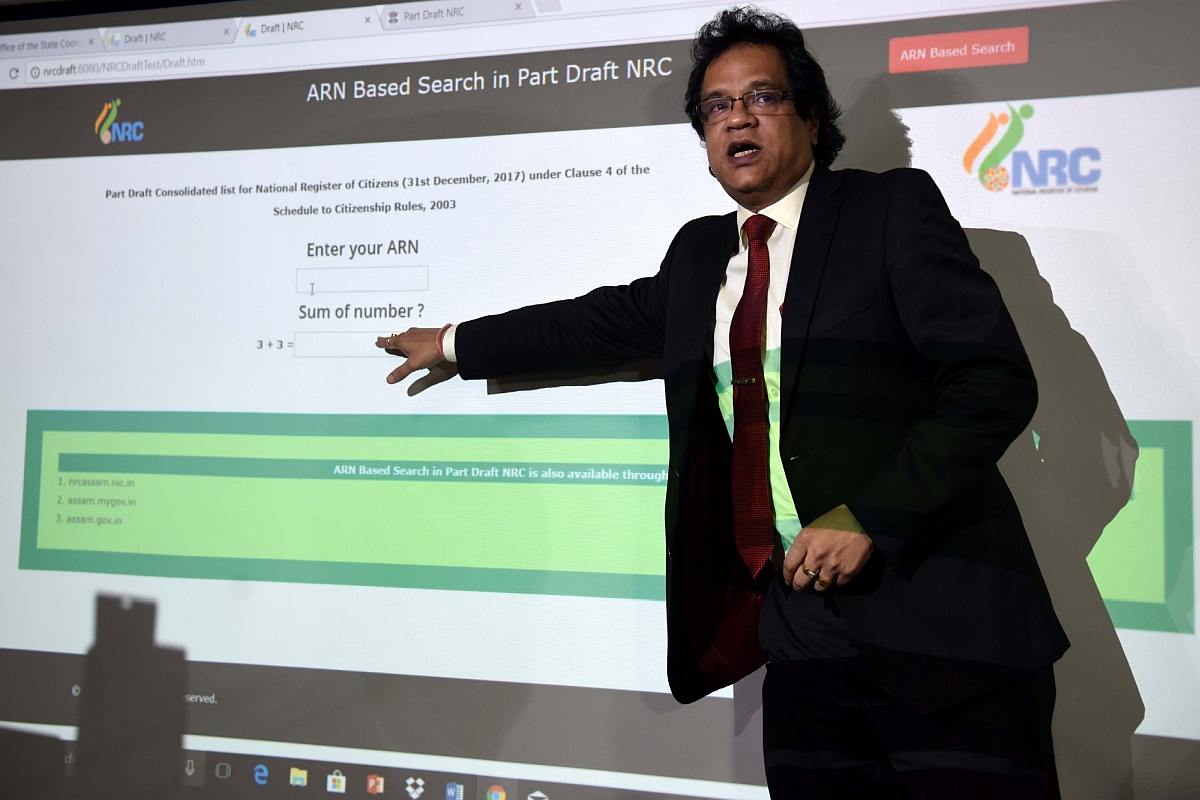King Sandhya thwarted the invasion of Kamrup by Malik Yuzbeg alias Sultan Mughisuddin in 1257 A.D. The last king of Dev Dynasty was Singhadhvaja (1300-05 A.D.) The Ahoms originally hailed from Mong Mao, China, In the year 1228 the Ahoms invaded Assam with an army of 9000 soldiers and established the Ahom Kingdom which is also called the Assam Kingdom. The first Ahom King was Sukapha. In the battle of Saraighat the Ahoms under it’s military general Lachit Borphukan defeated the Mughals.
The Assam Kingdom fell to repeated Burmese invasions and with the signing of the treaty of Yandabo in 1826 the kingdom passed into the hands of the British. The Ahoms ruled over a part of Assam state for 600 years. Goalpara and Karimganj districts were within Bengal. King Mahabhuti Varman of the Kamrup Kingdom had settled Bengalis in present day Assam (Karimganj district) and Bangladesh (Sylhet division) in the middle of the 6th century. Bengalis have been living in Barak Valley for at least 1500 years if not earlier.
In fact Bengalis had settled in Barak Valley much earlier than the Koches, Dimasas and the Assamese. The Koches settled in Barak Valley in the 16th century. The Dimasas settled in the Barak Valley in late 16th century A.D. and early 17th century A.D. The Assamese settled in Barak Valley in 19th century A.D. For the Bengalis of Barak Valley, the Indian state of Assam is their ancient Kamrup. It should be noted that Bengalis are indigenous or natives in Barak Valley of Assam as per the definition of the term ‘indigenous’ or ‘native’ by the United Nations because Bengalis have been living in Barak Valley prior to external aggression or foreign invasion.
The NRC has excluded about 12 lakh Hindu Bengalis, in addition to several thousands of Hindu Bengalis who are in the detention camps as illegal infiltrators because the Ahom officers refused to recognise the refugee certificates. Thus, this NRC in Assam is highly defective and must be discarded. NRC in the rest of India will create unnecessary trouble for millions of people who are tribals or Dalits and who may not have any documents. They have to spend a huge amount of money to give bribes to the government clerks, otherwise their names will be excluded.
Refugees can be protected partly by the Citizenship Amendment Act of 2019. The Supreme Court may be against it. Thus, the solution is to remove ‘secularism’ from the Constitution of India. The word was incorporated in 1976 during the Emergency rule of Indira Gandhi. New India was created in 1947 because the British created Pakistan to separatet the Muslims. A country created due to religious differences cannot be secular. That was the reason the word, ‘secularism’ was not mentioned in the original Constitution of India adopted in 1951. The Citizenship Amendment act is needed to provide justice to the non-Muslims left behind at the time of the Partition of India in 1947, in Pakistan.
Nehru had betrayed them by signing the treaty with Liaquat Ali in 1950 by refusing to allow any more refugees from Pakistan. If the objective of the NRC is to reduce the number of Muslims in india, it can be done more effectively by having an exchange of population between India on the one hand and Pakistan and Bangladesh on the other. That will be more effective and cost almost nothing. Muslims will go to Pakistan and Bangladesh and in return all non-Muslims will come to India.
This should have happened in 1947, to avoid the massive loss of life and dishonour of women. The percentage of non-Muslims in Pakistan is now less than 1.5 which was about 26 in 1947. In Bangladesh, former East Pakistan, the percentage is now about 10, against 29 in 1947. CAA will provide justice to these unfortunate people who were ignored by Nehru and Gandhi. Thus, the names of Narendra Modi and Rajnath Singh will be written in golden letters in the future history of India.
Those who oppose CAA in the Rajya Sabha will be regarded as traitors in India of the future. However, CAA should not have any cutoff date because there are non-Muslims in Pakistan and Bangladesh, who also need support from India. If secularism can be discarded, the legal obstacle will be removed from CAA. The objection raised by the Ahoms and other people in the north-eastern states can be neutralised by having the Inner Line Permit System which will allow the refugees to stay in the northeast only for one year.
They will then have to move to other parts of India with the support of the central Government. Muslims who are oppressed in Pakistan’s Balochistan and Swat Valley can come to India as refugees for a temporary period, but they will not get any citizenship. That may neutralise the objection raised by the Congress and other parties, specifically that the Citizenship Amendment Act is anti-Muslims.
(Concluded)
(The writer is Emeritus Professor in Economics, Nagasaki University, Japan)











